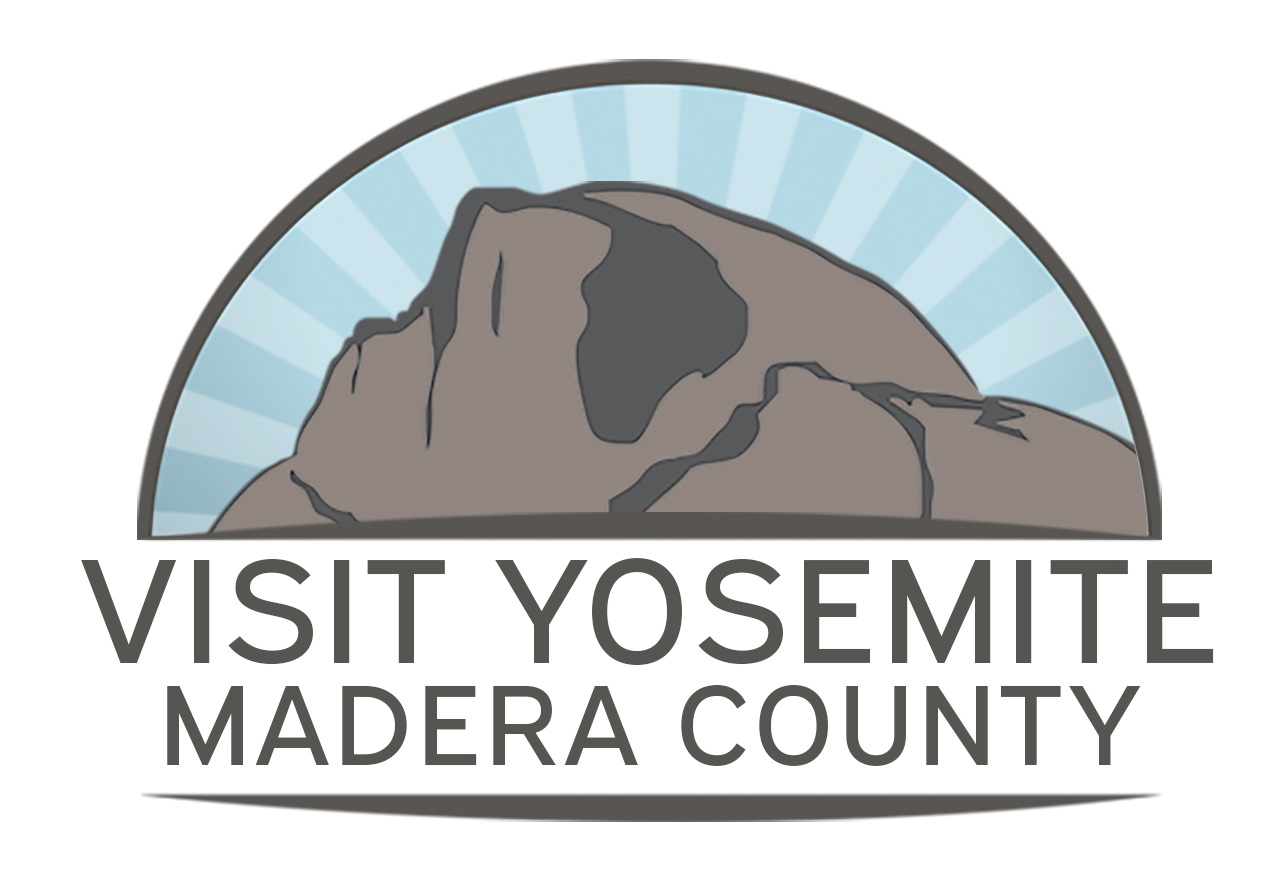Like a great Hollywood flick, the main stars in it are what make people come and see those films. Just like those movies, Yosemite’s claim to fame is its rock formations. We’re not talking anything small either. We’re talking massive, huge, hulking masses of granite. Formations that shoot literally out of the ground thousands of feet up. Bigger than any manmade structure.
If it's your first time or you just want to know how cool they really are, here’s a rundown of some of the biggest and baddest rock formations in Yosemite Valley.
El Capitan
 El Capitan at night with climbers settling in for the evening - photo by Steve Montalto/HighMountain Images
El Capitan at night with climbers settling in for the evening - photo by Steve Montalto/HighMountain Images
Not far from its base flows the Merced River. It sits just above those waters at a whopping 3,600 feet near the Western end of Yosemite Valley. Natives called it “Rock Chief” or “Captain”, and to this day it still is a captain of granite even at night during a star-studded skyline (El Capitan is the largest true granite formation in Yosemite Valley). For a deeper dive into why it’s called “El Capitan”, be sure to read our article: Yosemite Place Names: The Origin And History Of Names In Yosemite National Park.
Half Dome
 Half Dome viewed from Glacier Point - photo by Steve Montalto/HighMountain Images
Half Dome viewed from Glacier Point - photo by Steve Montalto/HighMountain Images
On the eastern end of the valley lies Half Dome. If there’s one Yosemite rock formation that every visitor will easily identify it’s this one. Rising over 4,737 feet above the valley, it is named for its distinct shape. One side is a sheer face while the other three are rounded. And voilà... it's “Half Dome.” Every year more than 40,000 visitors climb this peak. And many summit via the aid of post-mounted steel cables that follow the similar route the original rock climber George Anderson did in 1919. It’s no wonder why it made our list of destinations that are classic Yosemite.
Cathedral Rocks
Located on the southern side of the canyon, this granite Yosemite rock formation is another one that’s named based on its look. Opposite of the legendary El Capitan, many visitors consider Cathedral Rocks the more beautiful of the two. Standing prominent from the other rocky backgrounds, the unusual symmetrical balance and playing host to Bridalveil Fall is wondrous to say the least.
Sentinel Rock
 Sentinel Rock and Sentinel Falls viewed from Northside Drive - photo by Steve Montalto/HighMountain Images
Sentinel Rock and Sentinel Falls viewed from Northside Drive - photo by Steve Montalto/HighMountain Images
Located right smack dab in the center of Yosemite Valley is the monolithic Yosemite rock formation of Sentinel Rock. Opposite Yosemite Falls, it seems like it stands to watch over the entire valley making sure everything keeps in order. So, it makes sense that when the Whitney party arrived in the 1800s, they called it this because of the higher tower-like position it occupied. This should not be confused with Sentinel Dome which is approximately ¾ of a mile southeast of it.
Three Brothers
If you’d guess Glacier Point or Sentinel Dome was John Muir’s favorite view of the valley, you’d actually be wrong. He felt the most beautiful view of the landscape was from the highest of the peak of the Three Brothers formation known as Eagle Peak (you can hike to and trail information can be found here). This unique Yosemite rock formation is quickly identified due to the three similar sloping and bare granite peaks right next to each other (when viewed looking toward the east). The tallest is named Eagle Peak and the other two are simply named Middle Brother and Lower Brother. It’s said that they’re named for the three sons of Chief Tenaya of the Ahwahneechee tribe. Per legend, the three sons were captured near the base of this rock formation.
If you do make it into the valley this year, be sure to take a moment and see if you can identify these iconic Yosemite rock formations. They can be viewed as you drive into the valley along Southside Drive or more fully as you hike the Valley Loop Trail.
 When Seasons Collide - Three Brothers Afternoon Reflections by Frank Gabler
When Seasons Collide - Three Brothers Afternoon Reflections by Frank Gabler
______________________________________________________________________________________
Like what you see? Save any of these pins (or possibly all of them) to your travel planning board(s) to give you an easy way to find your way back here! Also check out our other blog posts as well as itineraries for more ideas and pins!
About The Author:
Alex founded localfreshies.com® in 2014 to be the #1 website providing the “local scoop” on where to eat, drink & play in mountain towns throughout North America. When he’s not writing and executing marketing strategies for small businesses & agencies, he’s in search of the deepest snow in the winter and tackiest dirt in the summer.







 Alex Silgalis
Alex Silgalis


